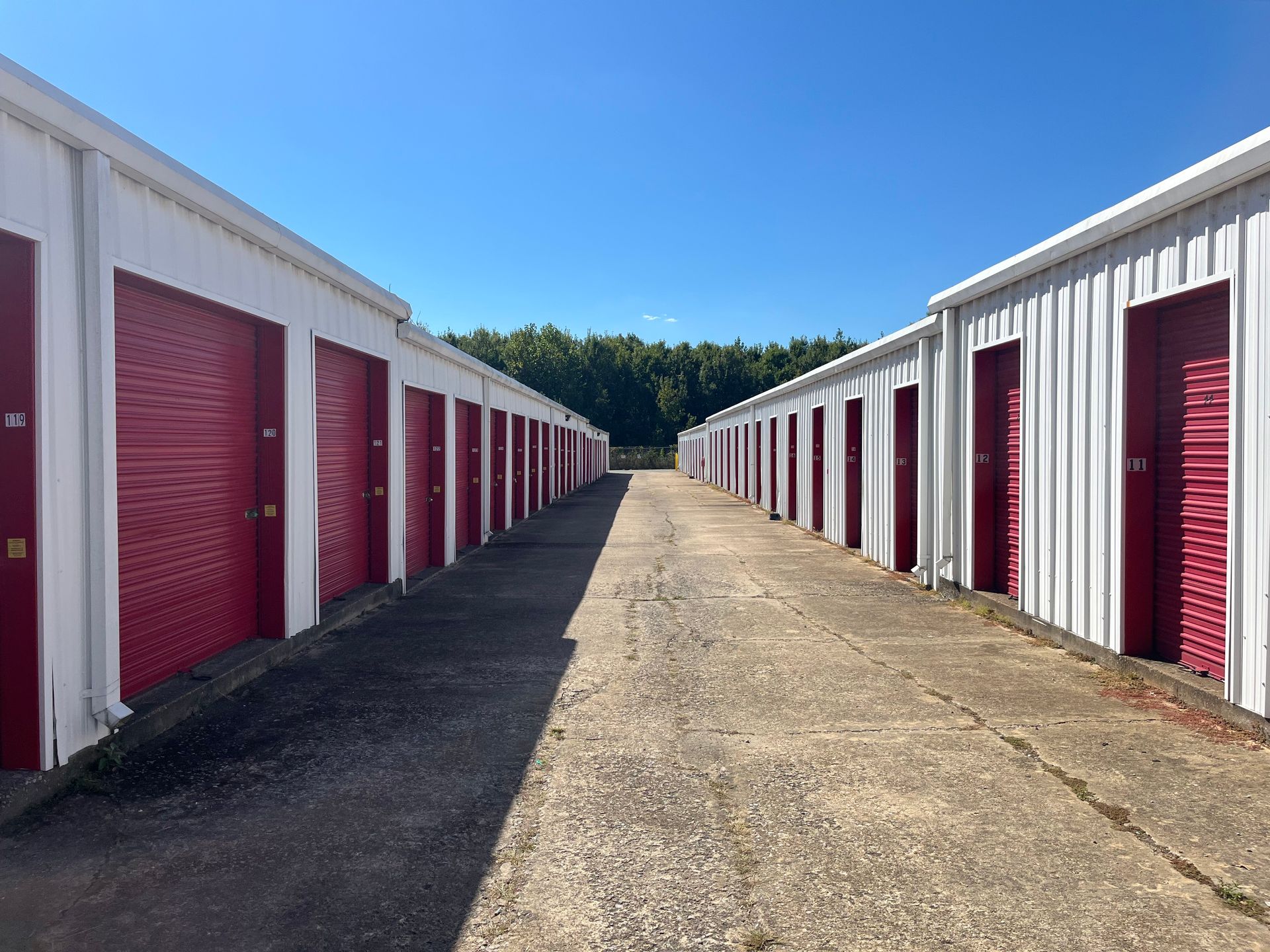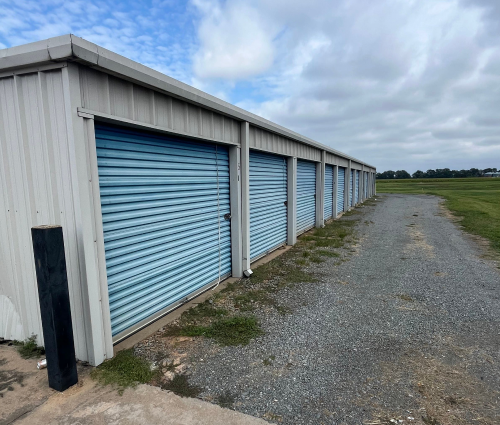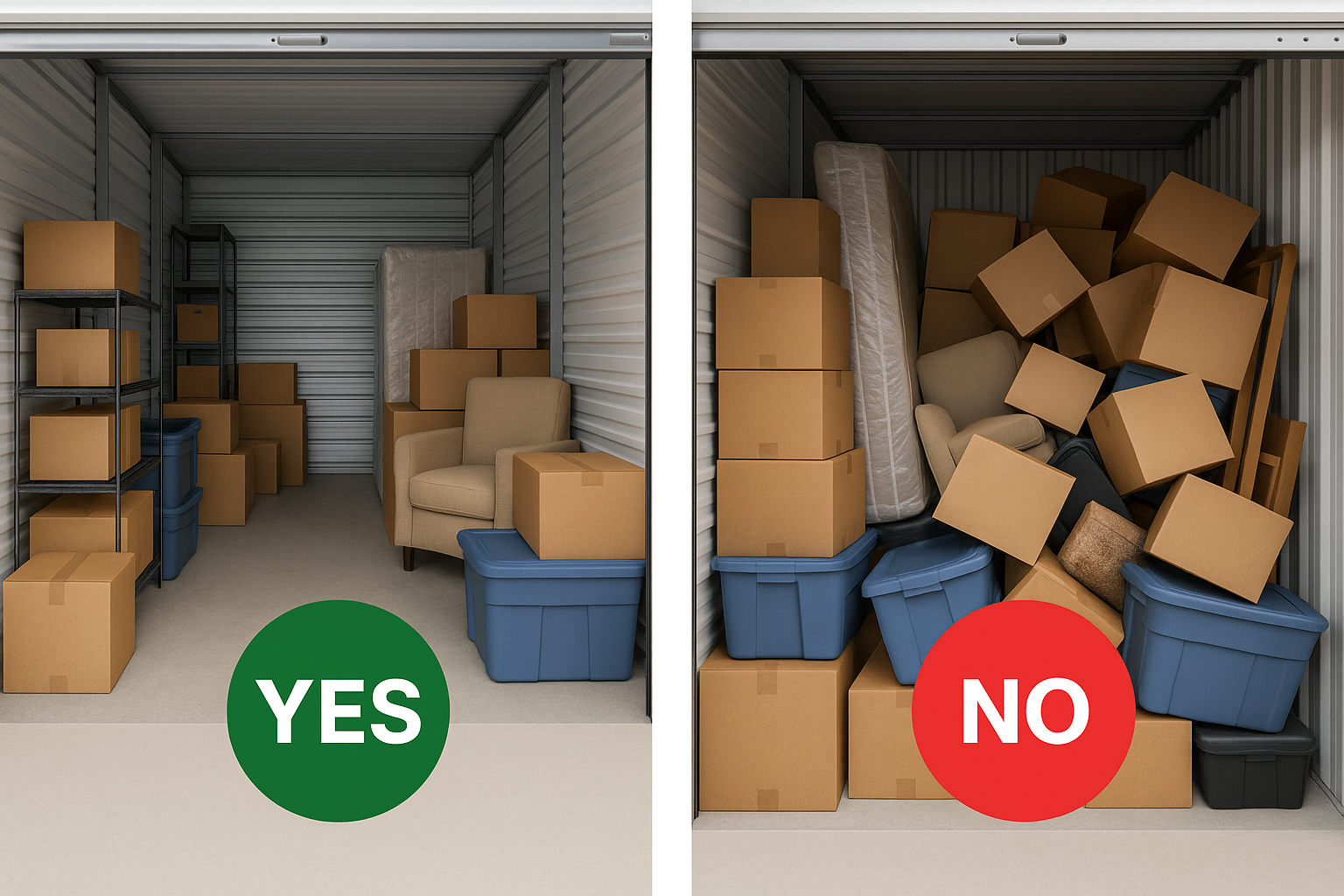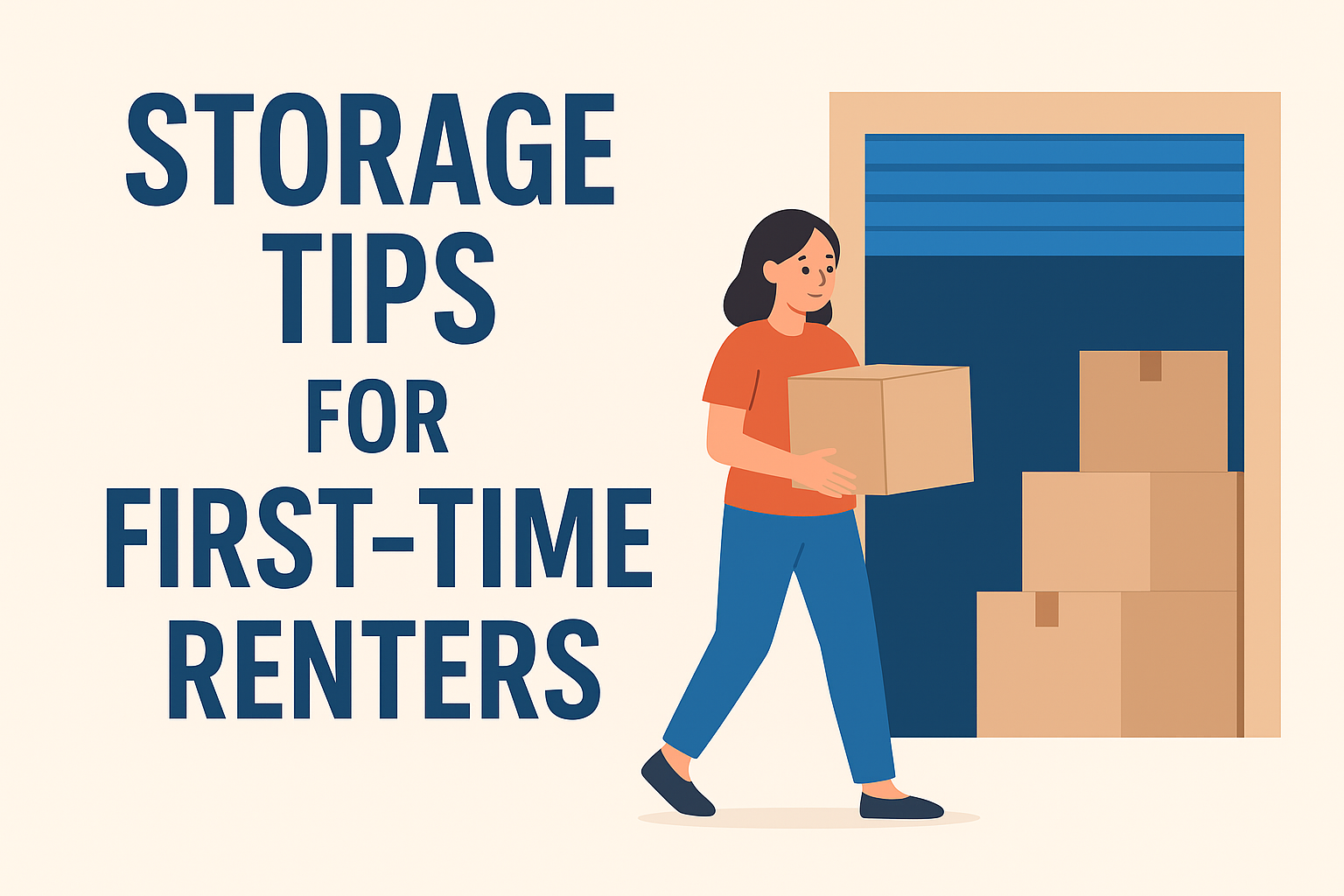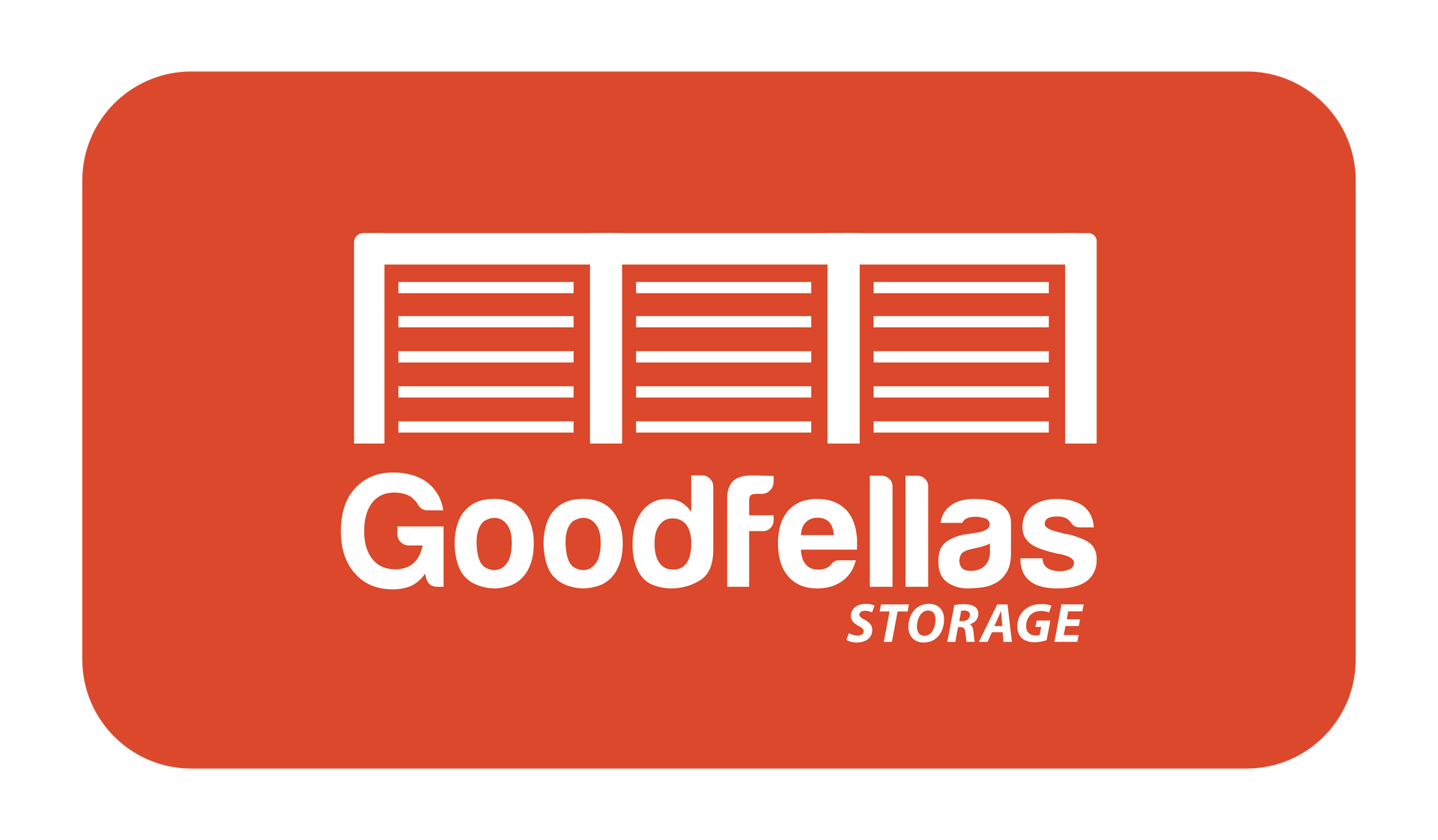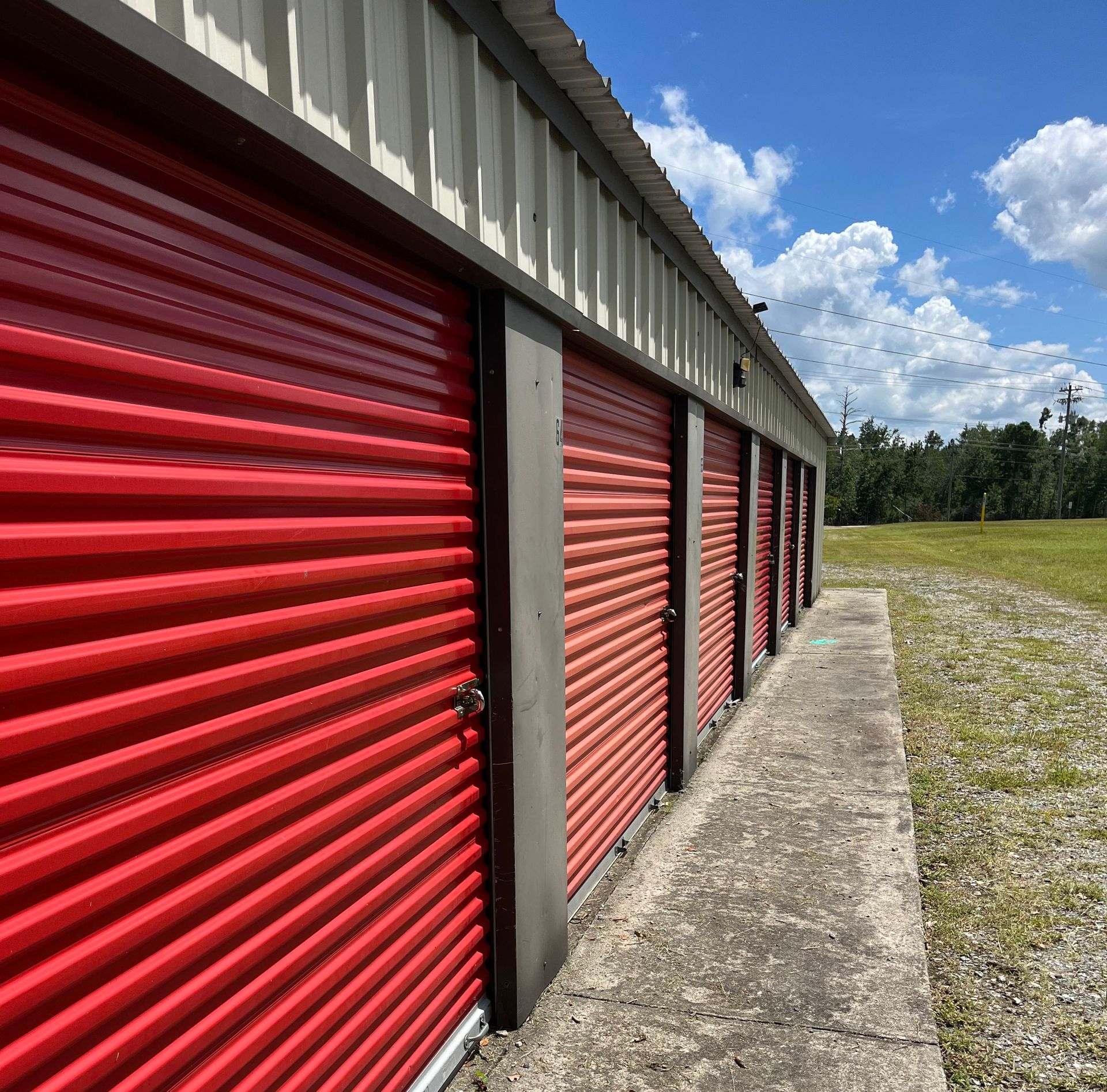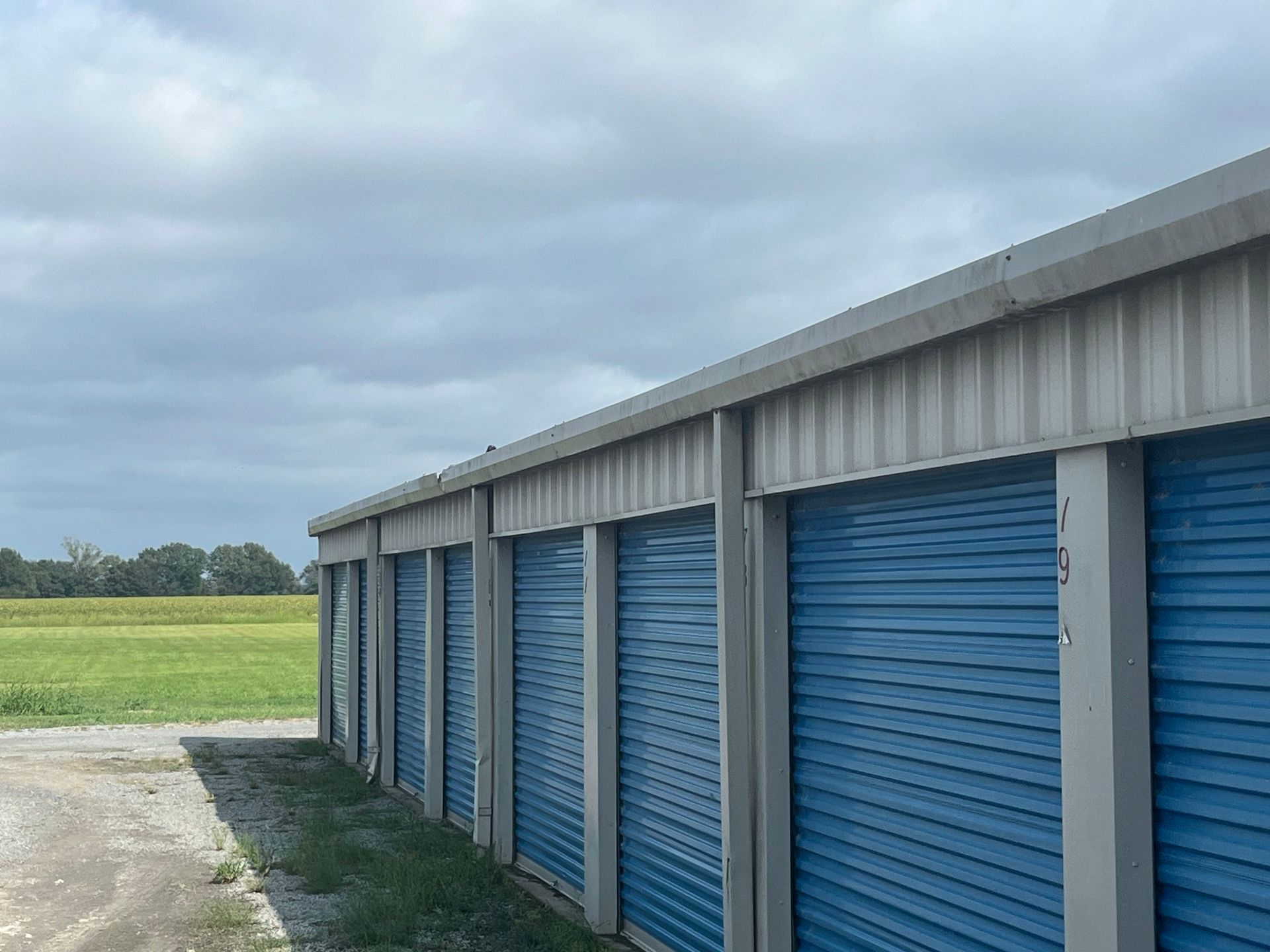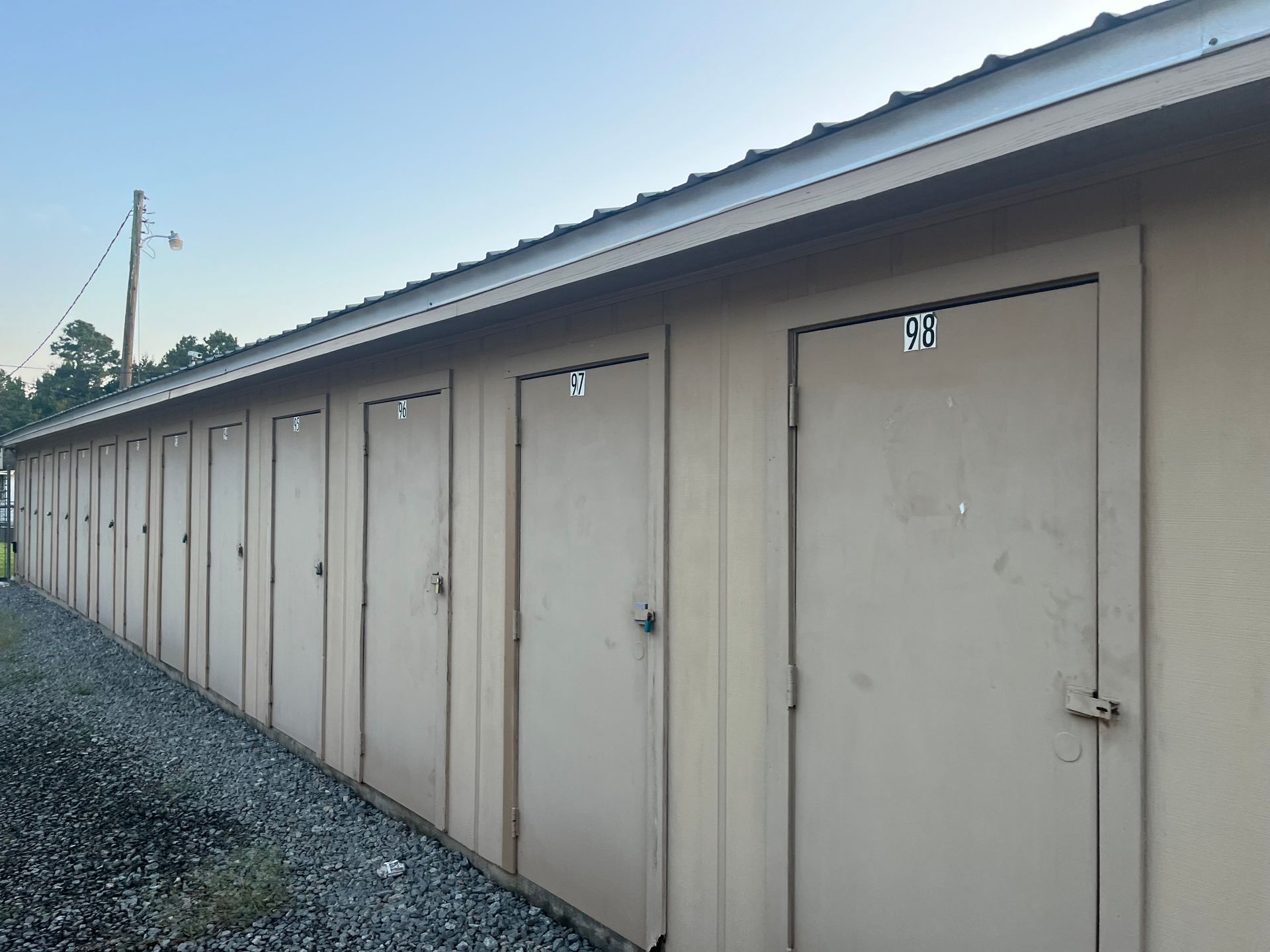How to Prevent Mold and Mildew in Storage
Essential Tips for Keeping Your Storage Unit Fresh, Clean, and Protected

Mold and mildew are two of the biggest concerns for anyone storing belongings for an extended period of time. Whether you’re storing seasonal items, family heirlooms, business inventory, or furniture, protecting your possessions from moisture damage is critical. At Goodfellas Storage, we know our customers want confidence that their items will stay safe, clean, and ready to use whenever they need them.
In this comprehensive guide, we’ll cover exactly how to prevent mold and mildew in a storage unit. You’ll learn what causes mold, which items are most at risk, and the most effective prevention strategies. We’ll also share answers to common questions and provide resources for choosing the right storage size and location.
By the end of this article, you’ll have a complete strategy for keeping your belongings protected in storage.
What Causes Mold and Mildew?
To understand how to prevent mold, it helps to know what causes it. Mold and mildew are fungi that thrive in environments where four conditions meet:
- Moisture: Even a small amount of humidity or dampness can support growth.
- Organic materials: Items like paper, fabric, wood, and cardboard provide food for mold spores.
- Darkness: Mold grows faster in low-light conditions.
- Poor air circulation: Stagnant air allows moisture to linger.
Storage units that are kept clean, organized, and prepared properly are unlikely to encounter mold problems. The key is preventing these four conditions from working together.
Why Mold Prevention in Storage Matters
Even small traces of mold can cause significant damage. Fabric may develop stains and odors, paper can deteriorate, and wooden furniture may weaken or rot. Once mold spreads, it’s difficult to remove entirely without damaging the item.
For people storing long-term, such as those relocating, renovating, or downsizing, protecting items from mold means peace of mind and cost savings. Replacing items damaged by mold can be expensive or even impossible in the case of sentimental keepsakes.
That’s why it’s worth taking time to prepare items correctly before moving them into storage.
Steps to Prevent Mold and Mildew in a Storage Unit
1. Choose the Right Storage Location
The first step is selecting a facility you trust. At Goodfellas Storage, our properties across North Carolina, South Carolina, and Georgia are maintained to provide customers with a safe and reliable environment. By renting at a secure location with easy access, you set the foundation for proper mold prevention.
For additional information on choosing the perfect storage size for your needs, check out our Storage Unit Size Guide. You can also explore our locations to find the facility closest to you.
2. Clean and Dry Items Before Storing
Never put items into storage that are damp, dirty, or dusty. Mold spores feed on dirt and moisture, which speeds up their growth. Take time to:
- Wash and thoroughly dry clothes, linens, and upholstery.
- Clean wood and leather furniture with appropriate products.
- Vacuum rugs and carpets.
- Air out anything that may hold moisture.
This step is especially important for those storing after a move, as packing quickly can sometimes mean items get boxed up before being properly cleaned.
3. Use the Right Packing Materials
Packing materials make a big difference in mold prevention:
- Plastic bins with tight lids are far better than cardboard boxes, which can absorb moisture.
- Vacuum-sealed bags work well for clothing and linens.
- Plastic sheeting or covers can protect furniture and mattresses.
- Silica gel packets or desiccants inside containers help absorb excess moisture.
Avoid using plastic wrap directly on furniture, since it can trap moisture against the item. Instead, opt for breathable covers.
4. Elevate Items Off the Floor
Even in clean facilities, placing items directly on the floor makes them more vulnerable to moisture transfer. To prevent this:
- Use pallets or shelving to keep boxes off the ground.
- Store furniture legs on blocks or pads.
- Place plastic bins on raised platforms when possible.
This simple step not only improves airflow but also protects your belongings if unexpected condensation occurs.
5. Improve Air Circulation
Mold thrives in stagnant air. By encouraging airflow, you make it harder for spores to settle and grow. Strategies include:
- Leaving space between boxes and walls.
- Avoiding over-packing the unit.
- Using breathable containers instead of sealing everything in plastic.
When accessing your unit, opening it periodically allows fresh air to enter, reducing the risk of moisture buildup.
6. Consider a Dehumidifier or Moisture Absorbers
For customers in humid climates, adding an extra layer of protection is smart. Moisture-absorbing products such as DampRid or charcoal bags can help. Place them strategically around the unit and replace them as directed.
Some people also use small electric dehumidifiers when they visit their units regularly.
7. Store Items That Resist Mold Growth
If you have flexibility in what you store, choose items that naturally resist mold damage. Plastic, glass, and metal are much less vulnerable compared to fabric, paper, or wood.
When storing valuables that are mold-prone, such as books or antiques, take extra care with packing materials and airflow.
Items Most at Risk of Mold in Storage
Certain belongings require extra attention:
- Clothing and textiles: susceptible to odors and staining.
- Books and papers: can deteriorate quickly.
- Wooden furniture: may warp or rot if exposed to moisture.
- Leather goods: prone to mildew spots.
- Mattresses and cushions: trap moisture inside.
For a full breakdown of what’s safe and unsafe to store, read our guide on What NOT to Store in a Self Storage Unit.
Long-Term Mold Prevention Tips
If you plan to keep items in storage for several months or years, consider these additional strategies:
- Visit your unit regularly to check on belongings.
- Rotate or re-stack boxes occasionally for airflow.
- Replace desiccants or moisture absorbers every few months.
- Keep an updated inventory so you know exactly what’s stored and how it should be protected.
Mold Prevention for Business Storage
Businesses that store inventory, documents, or supplies also need to safeguard against mold. Since business items are often high-value or essential to daily operations, damage can disrupt more than personal storage.
Best practices for businesses include:
- Using airtight storage containers for documents.
- Keeping a digital backup of important records.
- Rotating stock so older inventory doesn’t sit untouched.
For many companies, renting a storage unit is a cost-effective way to free up space at the office. If you’re considering it, read our post on Why Renting a Storage Unit is the Smart Move.
Local Mold Prevention Tips
At Goodfellas Storage, our facilities are located in communities across the Southeast. Different regions present unique storage conditions, so here are some locally relevant tips:
- North Carolina (Mebane, Asheboro, St Pauls): Seasonal humidity can be high in the summer, so extra use of desiccants is recommended.
- South Carolina (Abbeville, Wagener, Manning, Summerton): Coastal proximity means customers storing items near water should prioritize waterproof containers.
- Georgia (Vidalia): Warm climates make it important to air out items before storing and avoid boxing up anything damp.
Wherever you are, prevention starts with preparing belongings properly. Explore our storage locations to find a Goodfellas Storage facility near you.
Q&A: Mold Prevention in Storage Units
Q: Can I store clothes long-term without getting moldy?
A: Yes, as long as you wash, dry, and pack them in airtight containers or vacuum-sealed bags before storing. Adding desiccants helps further.
Q: How often should I check on my storage unit?
A: We recommend visiting every few months, especially if you’re storing valuable items. This allows you to replace moisture absorbers and ensure everything is in good condition.
Q: Do cardboard boxes cause mold?
A: Cardboard can absorb moisture, making it easier for mold to grow. Plastic bins are a better option, particularly for long-term storage.
Q: Can mold spread from one item to another?
A: Yes. Mold spores travel easily through the air, so once growth begins on one item, it can spread quickly. That’s why prevention and containment are important.
Q: Should I use plastic wrap on furniture?
A: It’s best to use breathable covers instead. Plastic wrap may trap moisture inside, increasing mold risk.
Internal Resources for Storage Success
To learn more about protecting your belongings and making smart storage decisions, check out these related Goodfellas Storage resources:
- Why Renting a Storage Unit is the Smart Move
- How to Choose the Right Size Storage Unit
- What NOT to Store in a Self Storage Unit
For step-by-step help picking your unit, don’t forget to explore our Storage Unit Size Guide.
Final Thoughts
Mold and mildew prevention in storage units comes down to preparation, airflow, and consistent monitoring. By choosing a trusted facility like Goodfellas Storage, cleaning and drying your belongings, and using the right packing methods, you can keep your items safe for months or years.
Storage is meant to make life easier, not stressful. With these tips, you can store confidently and know that your belongings will remain in excellent condition.

